 If you've seen me in person recently, you've probably heard me mention Eating on the Wild Side: The Missing Link to Optimum Health
If you've seen me in person recently, you've probably heard me mention Eating on the Wild Side: The Missing Link to Optimum Health
The basic premise is that wild foods like foraged berries, greens, and grains are far higher in nutrients than human-influenced hybrids chosen for sweetness, carbohydrate efficient production, and ease of growth and harvest. Basically, we bred the nutrition out of many wild foods and have the related health problems to show for it. But Robinson is not preachy or focused on the past - she offers forward-thinking ideas to consume more healthy nutrients by choosing foods wisely.
Some of the research-supported advice is surprising: did you know that carrots cooked whole have the most betacarotene, even more than raw? Some tips are simple: choose the most colorful foods because they most often contain the most vitamins and phytonutrients. Some techniques are habit-changing: the cancer-fighting antioxidant allicin in garlic is maximized by chopping the garlic and then letting it rest for 5 minutes before cooking.
For gardeners, Eating on the Wild Side author Jo Robinson goes a step further to offer suggested seed varieties. I already know that backyard-fresh produce contains more nutrients than truck-ripened, grocery store versions. This year I plan to move one step further and plant varietals based on Wild Side recommendations that will feed my family even more vitamins and phytonutrients.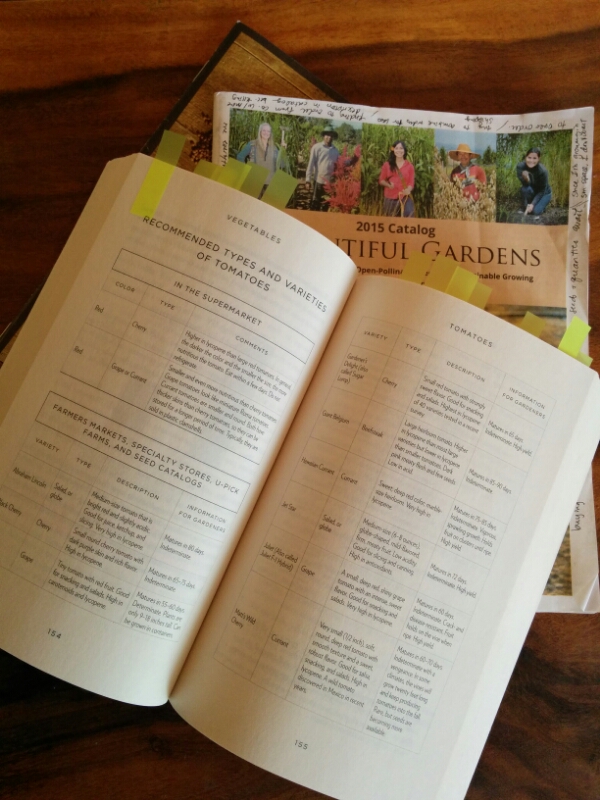
Gardening on the Wild Side Selections
1. Atomic Red Carrots - Joseph and I have grown these carrots for Swainway Urban Farm. They're less productive than traditional orange versions but are richer in flavor and higher in anthocyanins.
2. Garlic Chives - Of all the alliums (onion, garlic, shallots, scallions, and chives), garlic chives are the most densely nutritious. Chives happen to be a green Lil likes to eat, so we'll add garlic chives to our perennial herb bed this year.
3. Cherry Tomatoes - I was shocked to learn that cherry tomatoes have up to 8 times more lycopene than beefsteak sizes. The darkest red and purple varieties contain more nutrients than lighter colors. Tomato nutrients are more bioavailable when canned, so we'll enjoy them fresh in the summer and continue to put up tomato sauce, salsa, and paste for the winter and spring.
4. Colorful Potatoes and Sweet Potatoes - This isn't a change for us - I love purple potatoes - but we will be dropping the standard white varieties and growing more rich orange sweet potatoes, red fingerling potatoes and even a purple sweet potato.
5. Bull's Blood & Detroit Beets - I've grown these solid red varieties and the pretty bullseye chioggia ones. Both produce equally well for me but the dark reds have more betalin antioxidant so I'll focus on those this year. And I'll try to eat more of the greens because Robinson points out that they're among the healthiest greens you can buy.
6. All The Berries - I feel like a new berry is classified as a 'super food' every other week. But there's good reason for the hype - berries are full of fiber, phytonutrients, and flavor. Most are easy to grow, especially perennial shrubby berries like raspberries, june berries, and currants. Like the vegetables discussed above, deeper color equals greater nutrient punch, so we're adding black and red currants, black raspberries, and red gooseberries to our gardens this year. If you are local and looking to start or expand your collection of perennial fruits, my friend Kate is selling a limited number of bareroot berry stalks by pre-order.
If you're a conscientious eater or gardener, I highly recommend Eating on the Wild Side. Read it, eat well, and grow more Wild Side varieties.

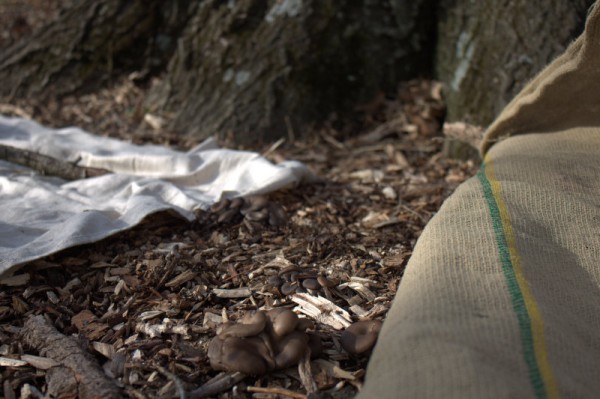 Our #diykitchen renovation project should be taking all our time, but we're distracted by babies. Tiny seedlings, baby chicks, and these exciting newborns.
Our #diykitchen renovation project should be taking all our time, but we're distracted by babies. Tiny seedlings, baby chicks, and these exciting newborns.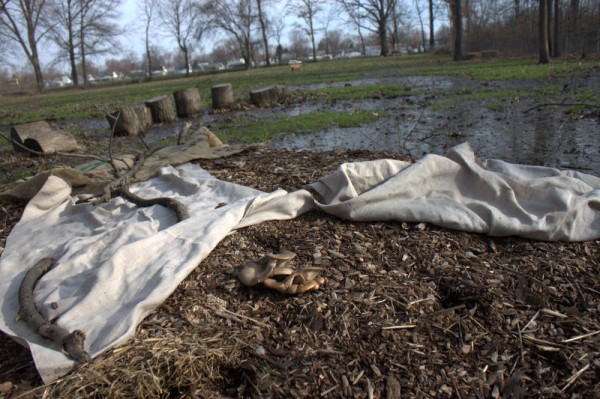


 Coincidentally I was reading Eugenia Bone's
Coincidentally I was reading Eugenia Bone's  Our #diykitchen renovation project should be taking all our time, but we're distracted by babies. Tiny seedlings, baby chicks, and these exciting newborns.
Our #diykitchen renovation project should be taking all our time, but we're distracted by babies. Tiny seedlings, baby chicks, and these exciting newborns.
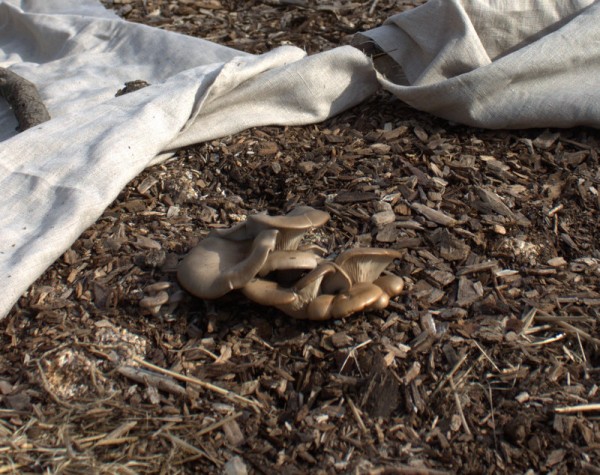

 from the library.
Diffley writes her memoir of growing into a farmer and becoming an accidental activist with the gifts of a fine story teller. Throughout her dramatic tale of finding and losing a farm and then fighting to save another, she shares personal moments of grief, joy, and insatiable desire to grow food organically. She portrays farming realistically, describing the challenges of physical labor and difficult weather while constantly reminding the reader of the same appreciation for nature I feel when working in the garden. "Every time I am in the field or the garden, there is one plant or insect, one leaf or flower, one line or shape that jumps from the rest and catches my senses with the profound beauty of its lovely self," she writes.
from the library.
Diffley writes her memoir of growing into a farmer and becoming an accidental activist with the gifts of a fine story teller. Throughout her dramatic tale of finding and losing a farm and then fighting to save another, she shares personal moments of grief, joy, and insatiable desire to grow food organically. She portrays farming realistically, describing the challenges of physical labor and difficult weather while constantly reminding the reader of the same appreciation for nature I feel when working in the garden. "Every time I am in the field or the garden, there is one plant or insect, one leaf or flower, one line or shape that jumps from the rest and catches my senses with the profound beauty of its lovely self," she writes.

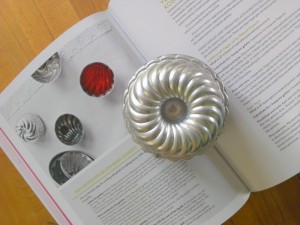

 Far from the stodgy, box-mix recipes of the 70s,
Far from the stodgy, box-mix recipes of the 70s, 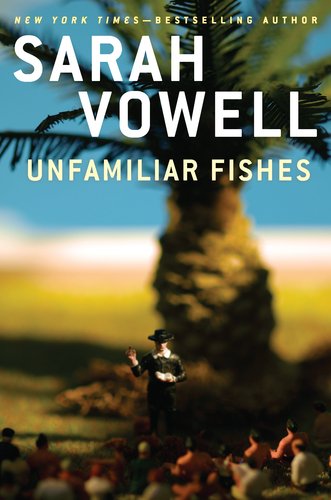 Unfamiliar Fishes
Unfamiliar Fishes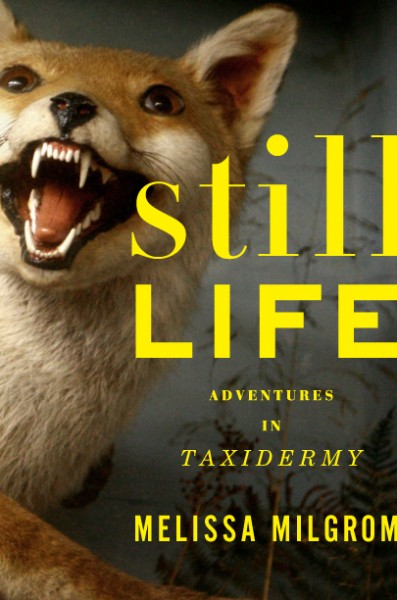
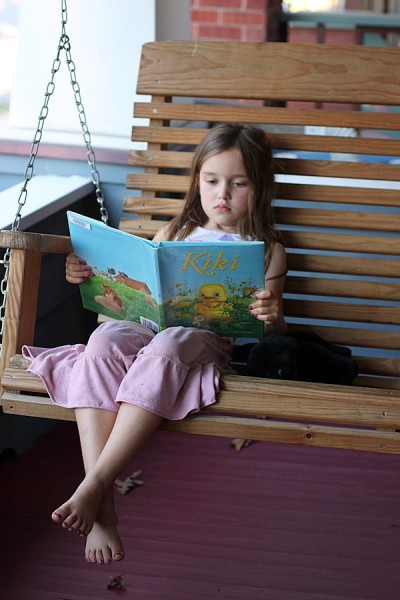
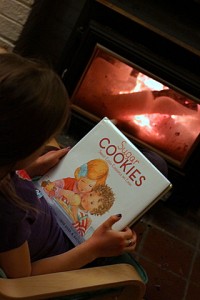
 by Peter Holwitz - One of the first books we bought for Lil, The Big Blue Spot tells a story of finding companionship in a simply illustrated, interactive book.
by Peter Holwitz - One of the first books we bought for Lil, The Big Blue Spot tells a story of finding companionship in a simply illustrated, interactive book. by Amy Krouse Rosenthal - A standout new book of this winter, Plant a Kiss explores a fantastical idea: if you planted a kiss, what would happen? If it grows, should you share it? The 'kiss' is illustrated by a textured glitter ribbon that sensory-seeking kids will love to touch on the page.
by Amy Krouse Rosenthal - A standout new book of this winter, Plant a Kiss explores a fantastical idea: if you planted a kiss, what would happen? If it grows, should you share it? The 'kiss' is illustrated by a textured glitter ribbon that sensory-seeking kids will love to touch on the page. by Corinne Demas - This story follows a little girl as she struggles to make the perfect card for her mother. It shows that DIY projects can be frustrating in the making but ultimately rewarding.
by Corinne Demas - This story follows a little girl as she struggles to make the perfect card for her mother. It shows that DIY projects can be frustrating in the making but ultimately rewarding. by Eve Bunting, illustrated by Jan Brett - A hibernating bear surprises his mate in this seasonal story. Other than the anthropomorphising, the illustrations and text are true to nature in midwinter.
by Eve Bunting, illustrated by Jan Brett - A hibernating bear surprises his mate in this seasonal story. Other than the anthropomorphising, the illustrations and text are true to nature in midwinter. by Amy Krouse Rosenthal - Awarding-winning Rosenthal deserves inclusion twice in this list for Sugar Cookies. Soft illustrations of people and pets by Jane & Brooke Dyer accompany definitions of loving words like 'considerate', 'admire', and 'forgive' in the context of making a batch of sugar cookies.
by Amy Krouse Rosenthal - Awarding-winning Rosenthal deserves inclusion twice in this list for Sugar Cookies. Soft illustrations of people and pets by Jane & Brooke Dyer accompany definitions of loving words like 'considerate', 'admire', and 'forgive' in the context of making a batch of sugar cookies.